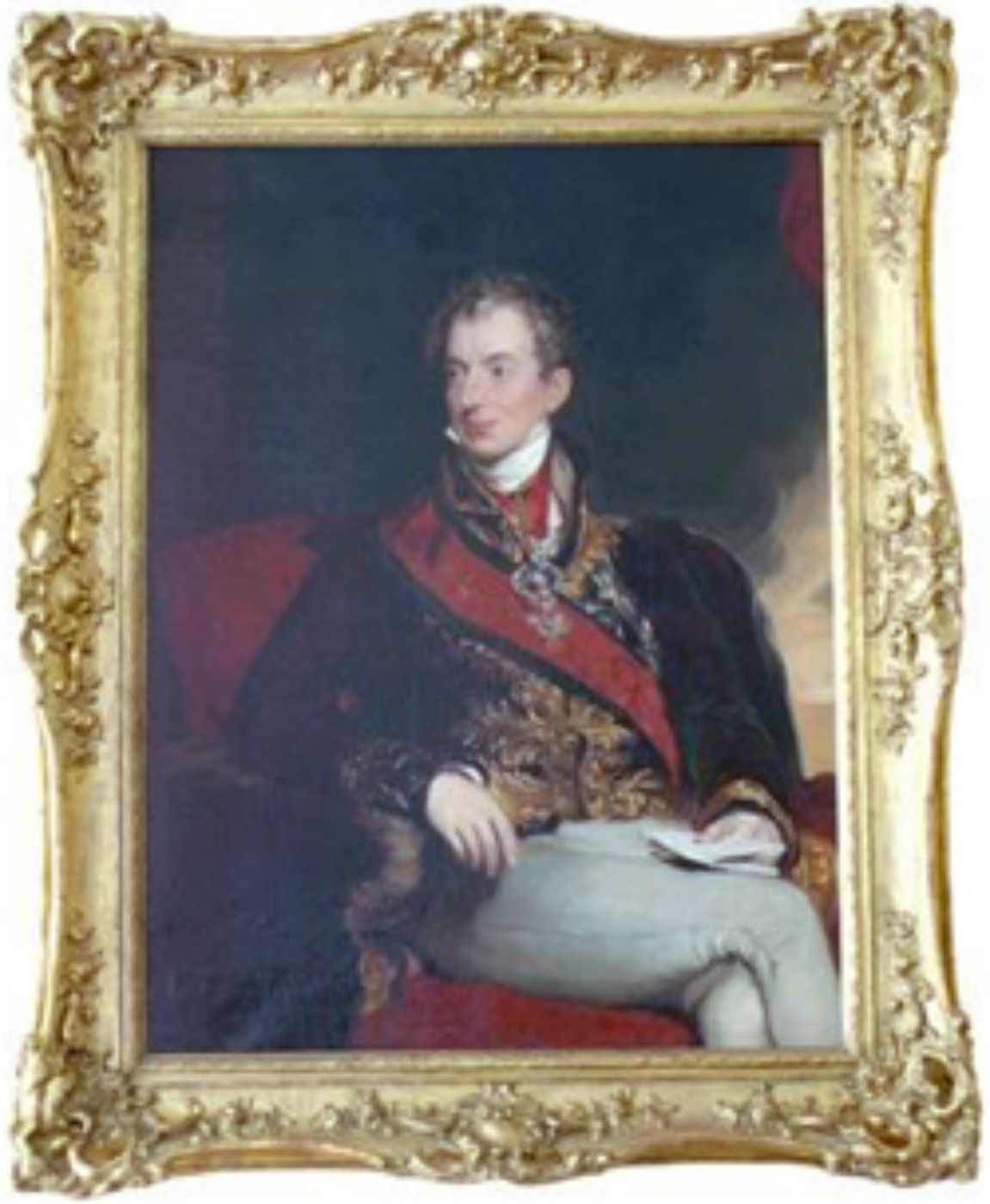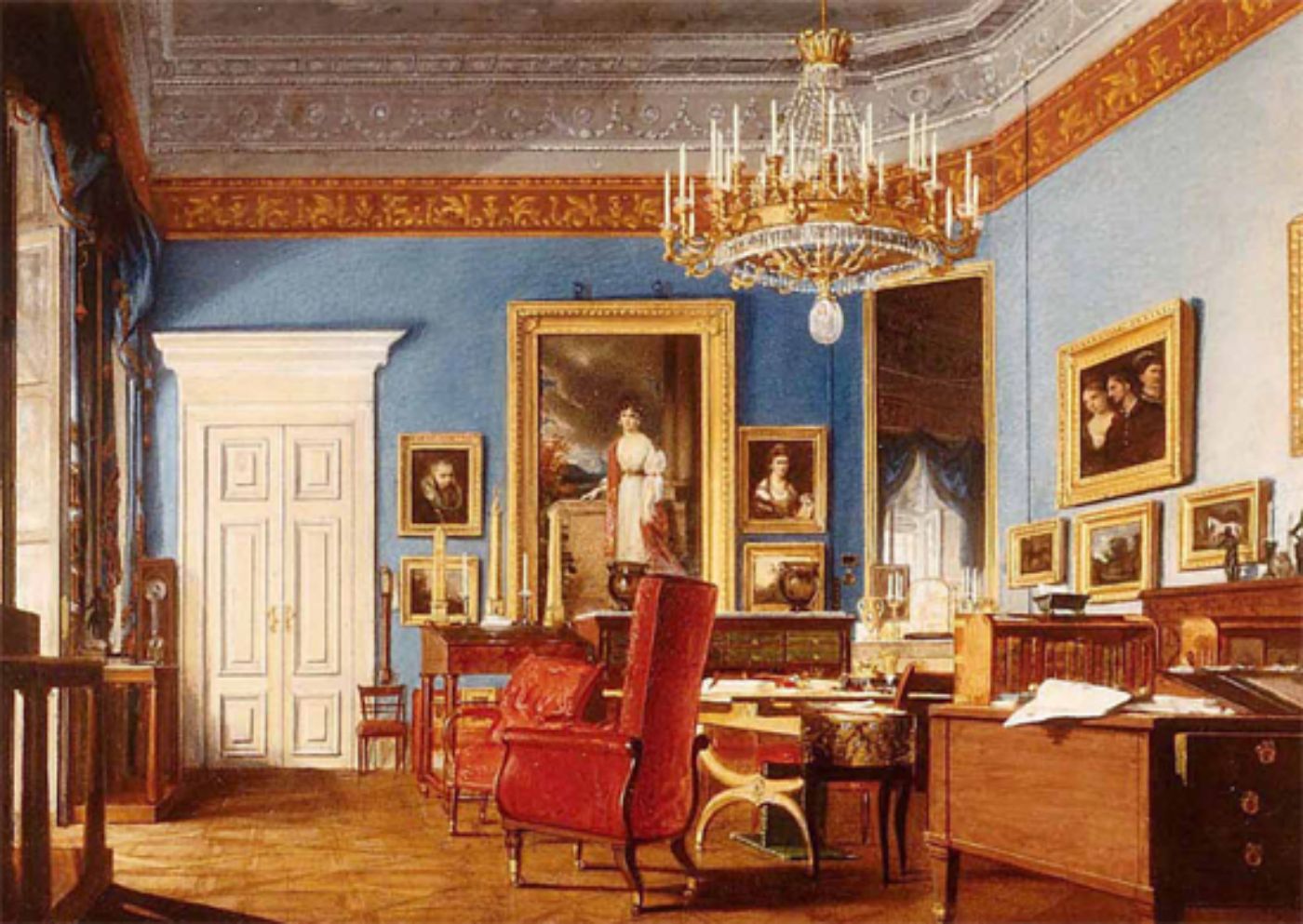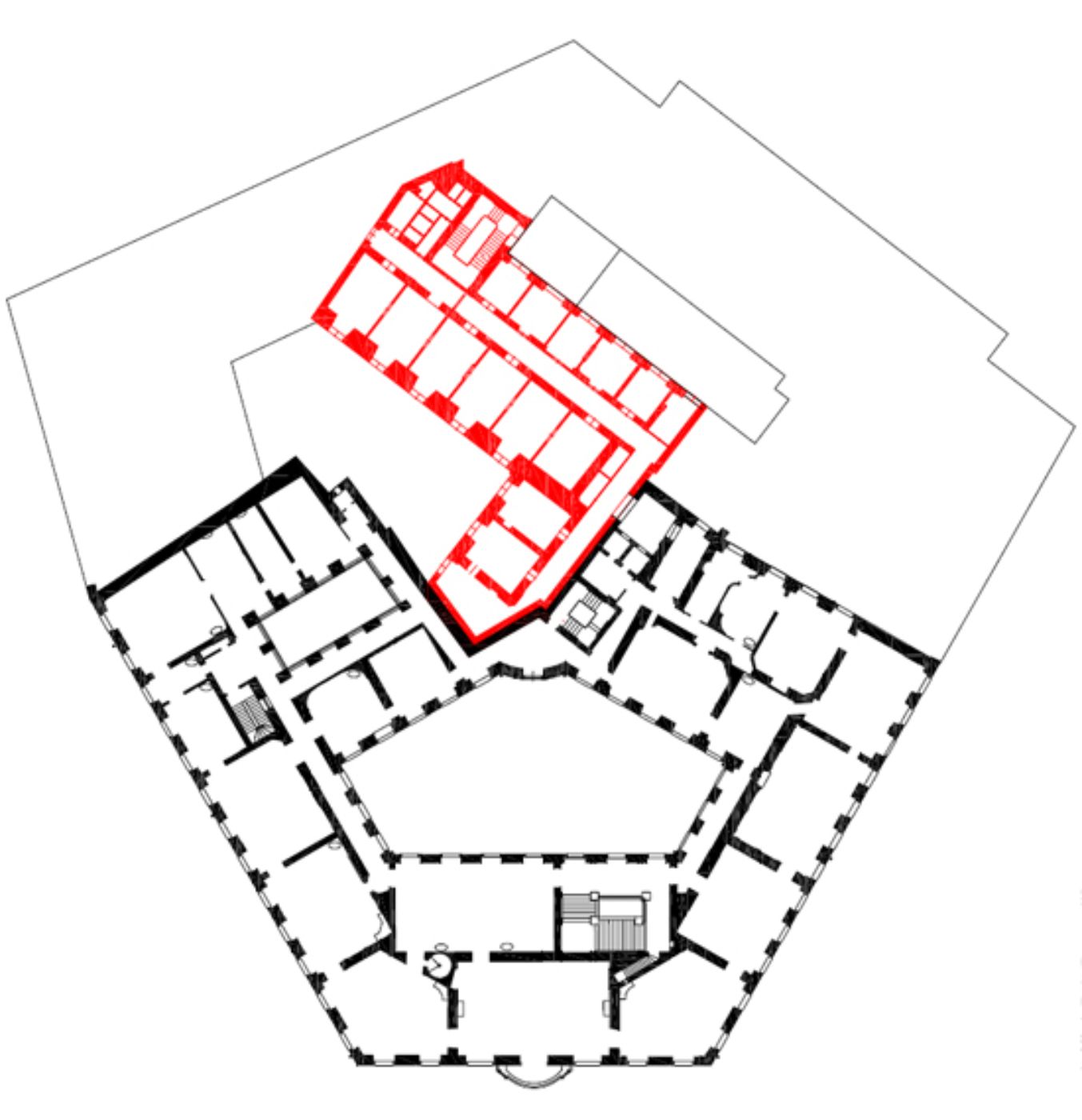The Metternich Era

Under Clemens Wenzel Prince Metternich (1773–1859, Foreign Minister 1809–1848 and State Chancellor from 1821) the building on Ballhausplatz experienced a second, even more glorious heyday.
When Metternich first took office in 1809, Vienna was occupied by Napoleon Bonaparte (1769–1821). The battles of Aspern and Wagram left the Viennese with bloody impressions of the Napoleonic Wars on their own doorstep. The subsequent peace treaty and the marriage of the Emperor’s daughter Marie Louise (1791–1847) to Napoleon were Metternich’s first challenges as foreign minister.
In Metternich’s time the State Chancellery was not only an official building, but also a residence. Metternich and his entire family spent the winter months there (he was, incidentally, married to a granddaughter of Count Kaunitz), and resided in his villa on Rennweg only during the summer. The ground floor accommodated the Prince’s kitchen with a confectionery, stables and a carriage park, as well as the quarters of the house officer, servants, cook and coachman.
The civil servants of the State Chancellery worked on the first floor, usually cramped together, with only a few of them having offices of their own. The state rooms and Metternich’s offices occupied the second floor. Metternich’s children, chamberlain and domestic servants lived on the third floor.

Unlike Kaunitz, Metternich loved light and friendly rooms. The rooms overlooking the Löwelstraße were extended in 1823 to accommodate his desire for more sunlight and nicer views. At his instruction, the palace was also always decorated with fresh flowers. The second floor also housed Metternich’s private library, an audience room, and the bedroom of the Prince and Princess.
The rest of the family, his children and his brother Joseph – a notorious eccentric – lived on the third floor. The interior furnishings of that period were preserved until World War II.
